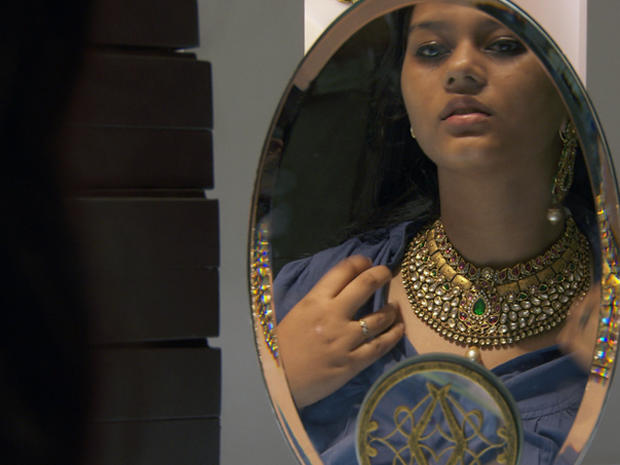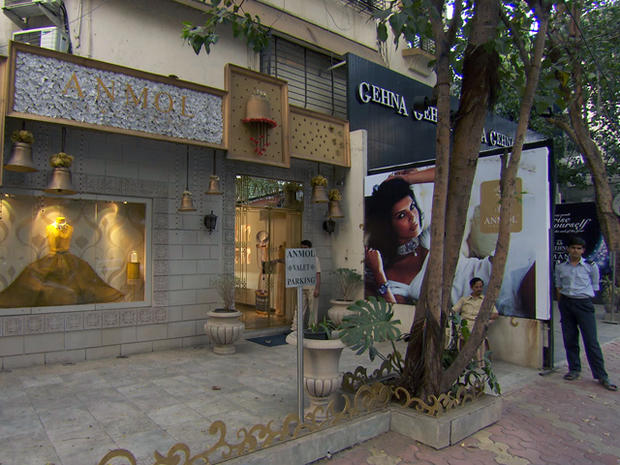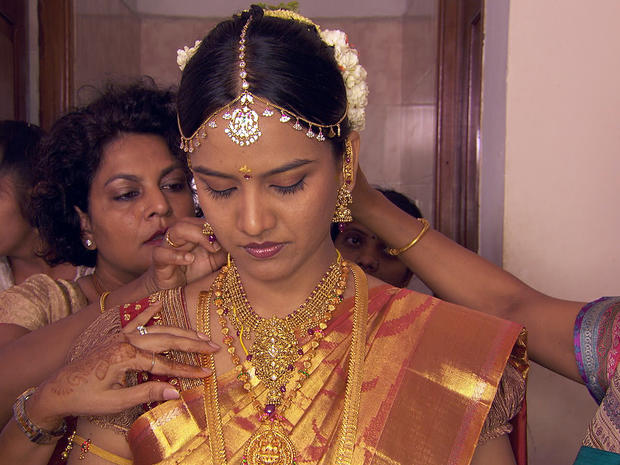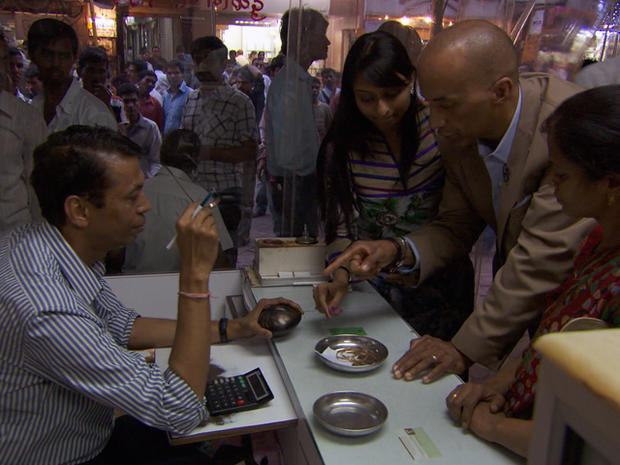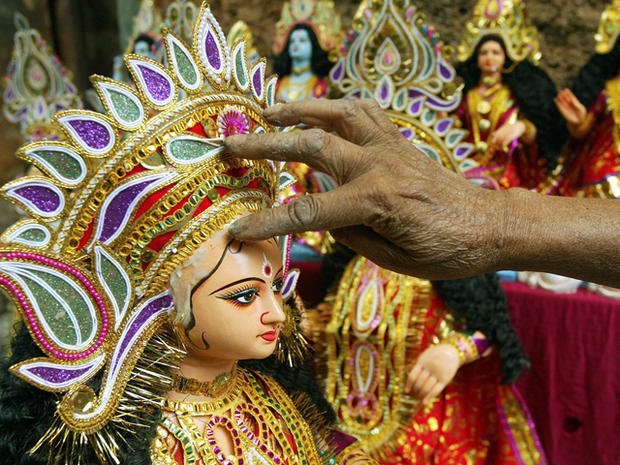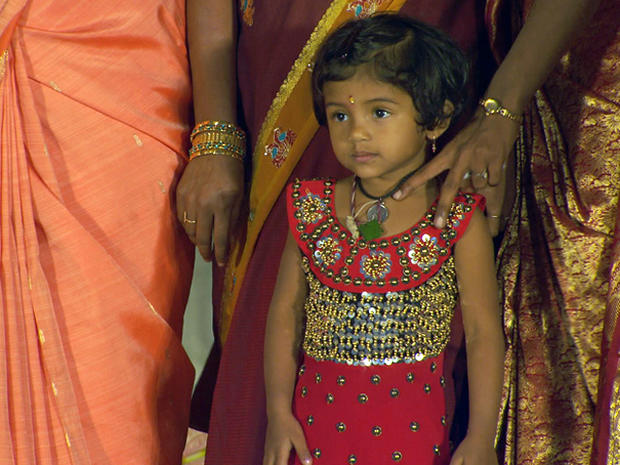India's love affair with gold
In the past 20 years, India has emerged as one of the fastest growing economies on earth. As a result, India is now the world's largest consumer of gold.
Why gold? Because in India, there is no possession more valuable.
For Indians, gold jewelry is wearable wealth, financial security that's also a fashion statement.
India's love for gold is as ancient as its culture.
The country's love affair started in ancient ports like Vizhinjam. For centuries, traders from the empires of Europe, Asia and the Middle East landed here, looking for spices and silk. They had little to offer in exchange, so the Indians took their gold.
In recent years, India's demand for gold accounted for 32 percent of the world's gold market. That's four times the demand in all of North America.
Much of the demand for gold can be found in high-end stores like Anmol, owned by Ishu Datwani.
"You know, a lot of people, when they come and buy gold, they don't think they're spending money. It's not an expense. It's an investment," Datwani said.
Half of the gold that Indians buy each year is jewelry bought for a wedding. An estimated 10 million weddings take place in India each year.
Gold is a symbol of purity that also shows off a couple's wealth and well being.
An Indian bride is usually given jewelry by her parents, gold they started buying when she was born. It's her financial security after she joins her husband's family - gold she'll control throughout the marriage.
Zaveri Bazaar in Mumbai has been the hub of India's gold trade for the past hundred and fifty years.
"60 Minutes" correspondent Byron Pitts and precious metal analyst Gargi Shah, left, visit a pawn shop located in the bazaar.
Indians who practice Hinduism (80 percent of the population) elevate gold to the status of a goddess. They call her Lakshmi.
Every fall there's a religious holiday, one day when Hindus worship Lakshmi by shopping for gold.
Reverence for gold touches everyone, from the very old to the very young.

